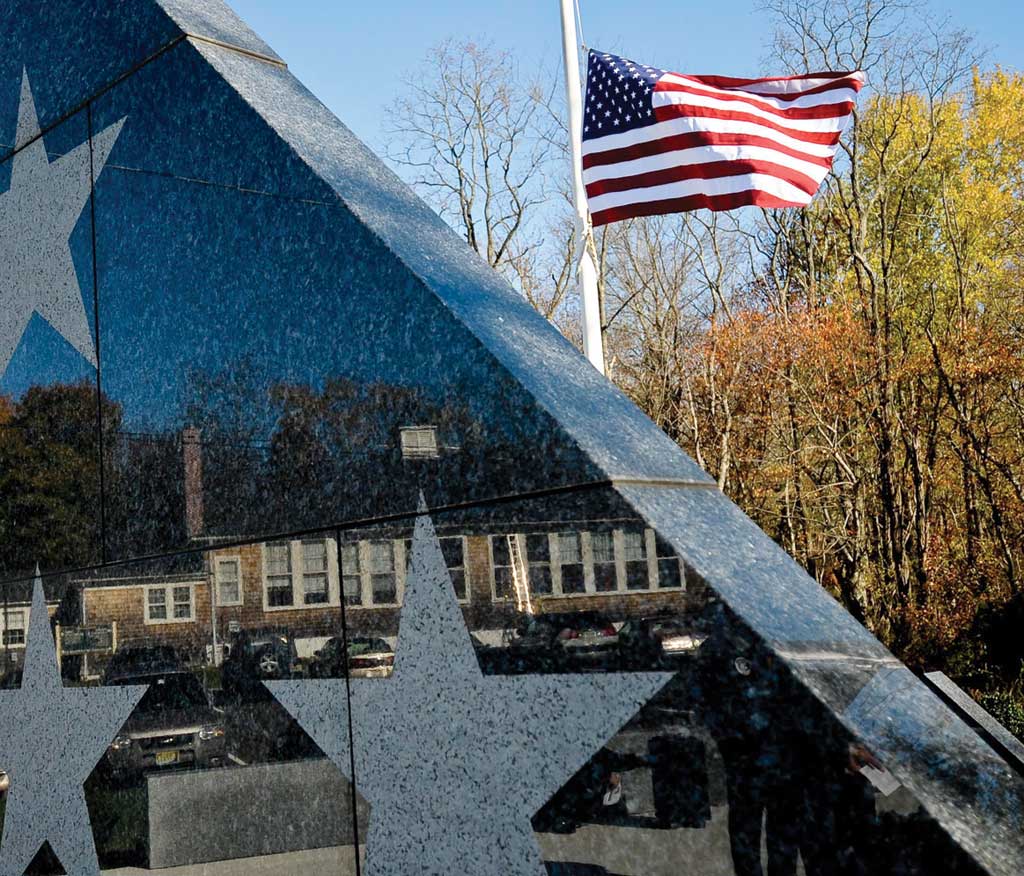MILLSTONE – A sudden reduction of more than $200,000 in the amount of state aid being provided to the Millstone Township K-8 School District for 2018-19 has been met with objection from the Township Committee.
The Township Committee and the school district’s Board of Education operate independent of each other, but municipal officials commented on the school funding issue during a meeting on July 18.
Under Gov. Phil Murphy’s initial proposal in March, the Millstone Township school district’s state aid package for the 2018-19 school year was expected to total $4.95 million. Using that number, district administrators crafted a $38.7 million budget for 2018-19 (July 1, 2018 through June 30, 2019).
However, the school district’s state aid allocation changed on July 13 when a bill signed into law by Murphy after negotiations with leaders in the state Legislature trimmed the school district’s state aid for 2018-19 to $4.7 million, a decrease of $255,316.
The school board has until Aug. 1 to account for the $255,316 loss in state aid in the school district’s budget for 2018-19. The board was scheduled to meet on July 23, at which time board members and administrators may have revised the budget.
The revised state aid amount for the school district was discussed by members of the Township Committee at their July 18 meeting.
“As one of the hard-working folks in Millstone who gets up in the morning, does my job, works hard and pays my taxes, I’m not sure why somebody else’s kids in some other part of the state are worthy of my dollars being sent over to them,” Mayor Gary Dorfman said.
Dorfman informed the committee members that representatives from Monmouth County and the state were arranging a meeting with representatives of the New Jersey Department of Education to protest the revised state aid amount.
Committeeman Fiore Masci concurred with Dorfman and questioned the formula that was used to reduce the school district’s state aid for 2018-19 from the amount school district administrators had initially been provided.
Masci noted that the Upper Freehold Regional School District, which Millstone students of high school age attend through a send-receive relationship, had a significantly lower reduction in its state aid package. Upper Freehold Regional administrators were told in March that the district’s state aid for 2018-19 would be $5.847 million. On July 13, the district’s state aid was trimmed to $5.845 million, a $2,351 decrease, according to figures provided by the state.
“I would love for us to get an understanding of how [state officials] came up with the formula,” Masci said. “Upper Freehold Regional got under a 1 percent [decrease] and we got whacked 4 [percent]. The numbers don’t add up.
“The Department of Education needs to answer how they [came] up with this funding where a town like Millstone gets whacked. I would love for them to be able to present their formula so we can explain the reason they came up with these numbers. It’s nonsense and it’s not fair. It’s not fair to a town like us,” he said.
Dorfman and Masci said increasing funding for lower performing districts has not been effective in improving the performance of such districts, while Millstone’s students have performed well.
“We have been throwing money at municipalities all over this state and it’s been shown to not work,” Masci said. “I would (be for) taking some of the money going to these areas that are economically challenged and spending some of it on educating the parents and getting them jobs. I’m for something like that, but not what’s going on here where you just throw more money at the school to try to fix the problem. It’s not working.”
Dorfman added, “There are some folks who think it is appropriate to take from some to give to others. In some instances, that is correct. But when I see school budgets and I see we are spending $14,000 (per pupil) and lesser-performing districts are spending $25,000 to $30,000 (per pupil), I don’t understand the transference of dollars from our community of committed students and involved parents and sending those monies elsewhere where they are not yielding a return.”
“In the non-governmental world, you make investments (in) things you think are going to add value,” he said. “At some point, you measure those things. If they don’t (add value), you stop investing in them or you make some changes. In state government, it’s good money after bad and you are taking good money that was being put to good use with good results and handicapping that effort.”

